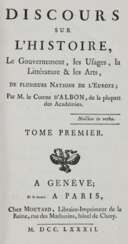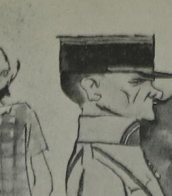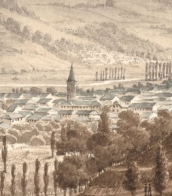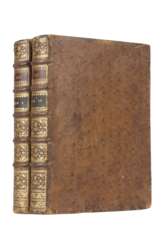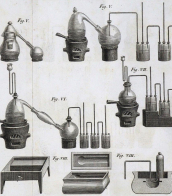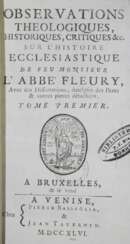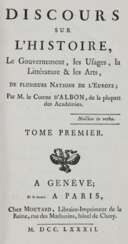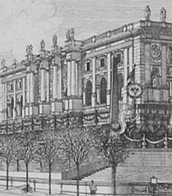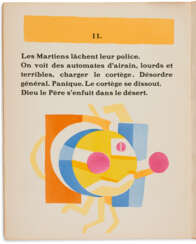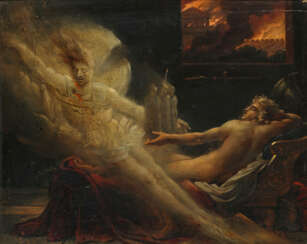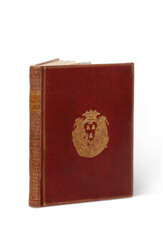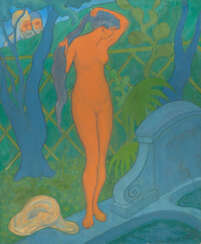livres sur l'histoire

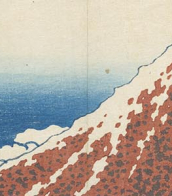
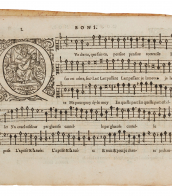

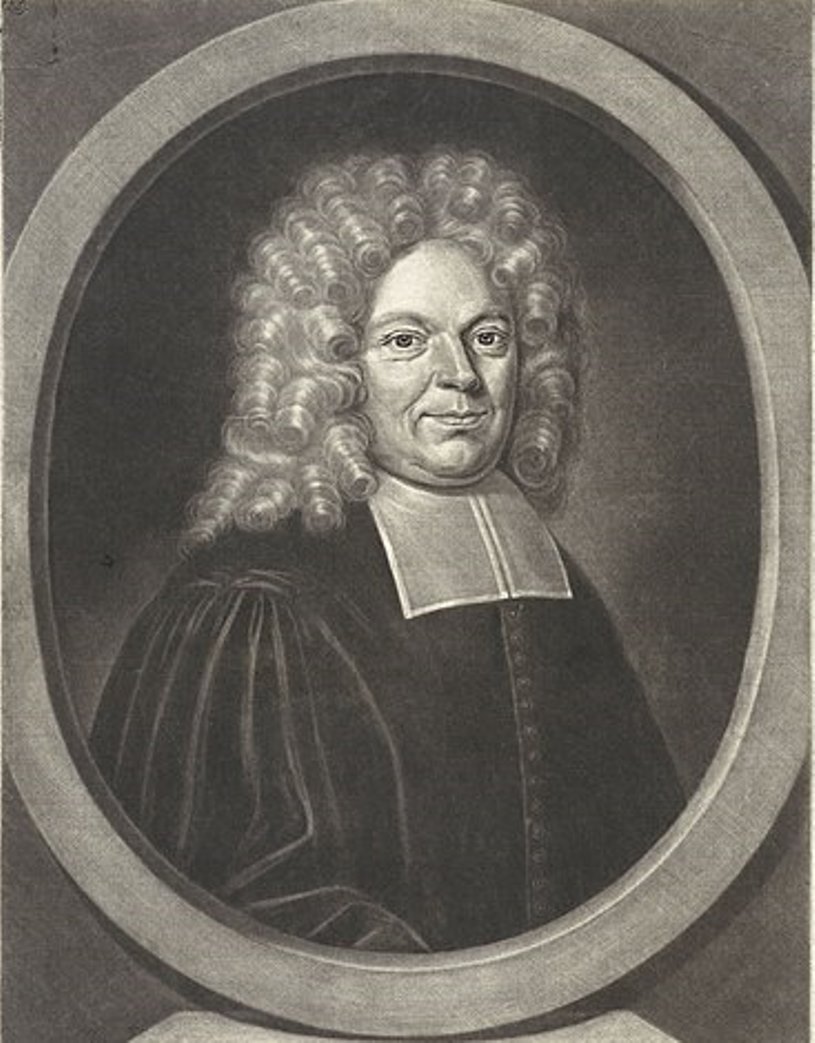
Jacques Basnage de Beauval was a French theologian and historian, diplomat and writer.
His father was a prominent lawyer and his grandfather and great-grandfather were pastors, Jacques studied theology and languages at the Academy of Saumur, then at Geneva and Sedan. In 1676, Jacques Basnage was appointed pastor at Rouen during the revocation of the Edict of Nantes, was forced to flee France for Holland, where he worked as a theologian, polemicist, historian, and diplomat in the service of the Grand Pensioner Hensius.
In 1717, on behalf of Holland, Basnage was sent to sign the treaty of the Triple Alliance (France, Holland, England). In the Annals of the United Provinces (1719-1726), compiled from the peace negotiations held at Münster, he displays breadth of vision, wisdom, and impartiality.
About 1719 Jacques Basnage was appointed historiographer of the Dutch states. He wrote several books on the Bible, the history of the Church, and the history of the Jewish people. Among the best known of these are his History of the Religion of the Protestant Denominations (1690), History of the Church of Jesus Christ to the Present Time (1699), written from Protestant positions, and History of the Jews (1706), as well as Jewish Antiquities, or Critical Notes on the Republic of the Jews (1713).
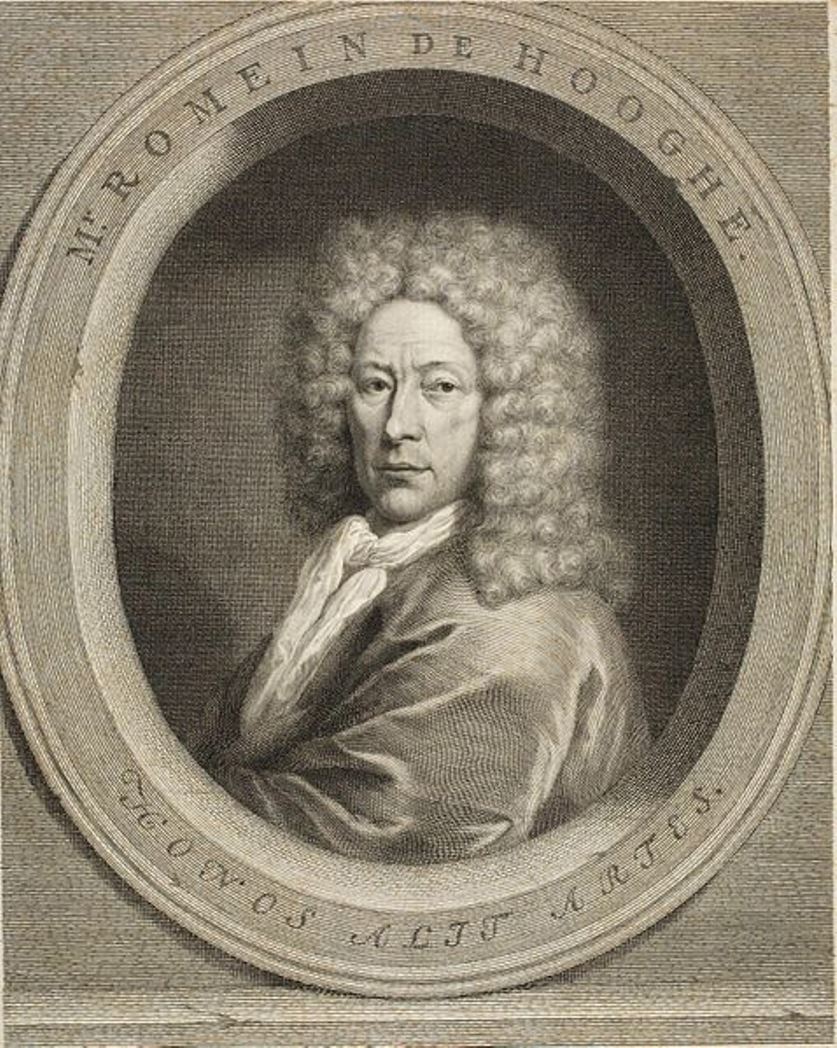
Romeyn de Hooghe was a Dutch painter, sculptor, engraver and caricaturist of the late Baroque period, writer and philosopher.
Hooghe became famous for his political caricatures of King Louis XIV of France and propaganda pamphlets in support of William of Orange. He portrayed the war against the French monarch and his allies as a struggle between freedom and religious despotism.
Romeyn de Hooghe was a superb engraver and created over 3,500 engravings during his lifetime. His most important work is Hieroglyphica of Merkbeelden der oude volkeren (Hieroglyphics or Symbols of the Ancient Peoples), where he appeared not only as a consummate master of engraving, but also as a historian, talented writer and philosopher. This book has long been regarded in Europe as one of the most authoritative sources on classical mythology. It contains 64 engravings illustrating all stages of the narrative of myths, ancient cults and beliefs, and the interpretation of scripture, a guide to medieval Europe.
Romeyn de Hooghe also illustrated books and painted large panels. During his lifetime he was widely recognized as a painter and sculptor not only in his own country but also in other European countries.

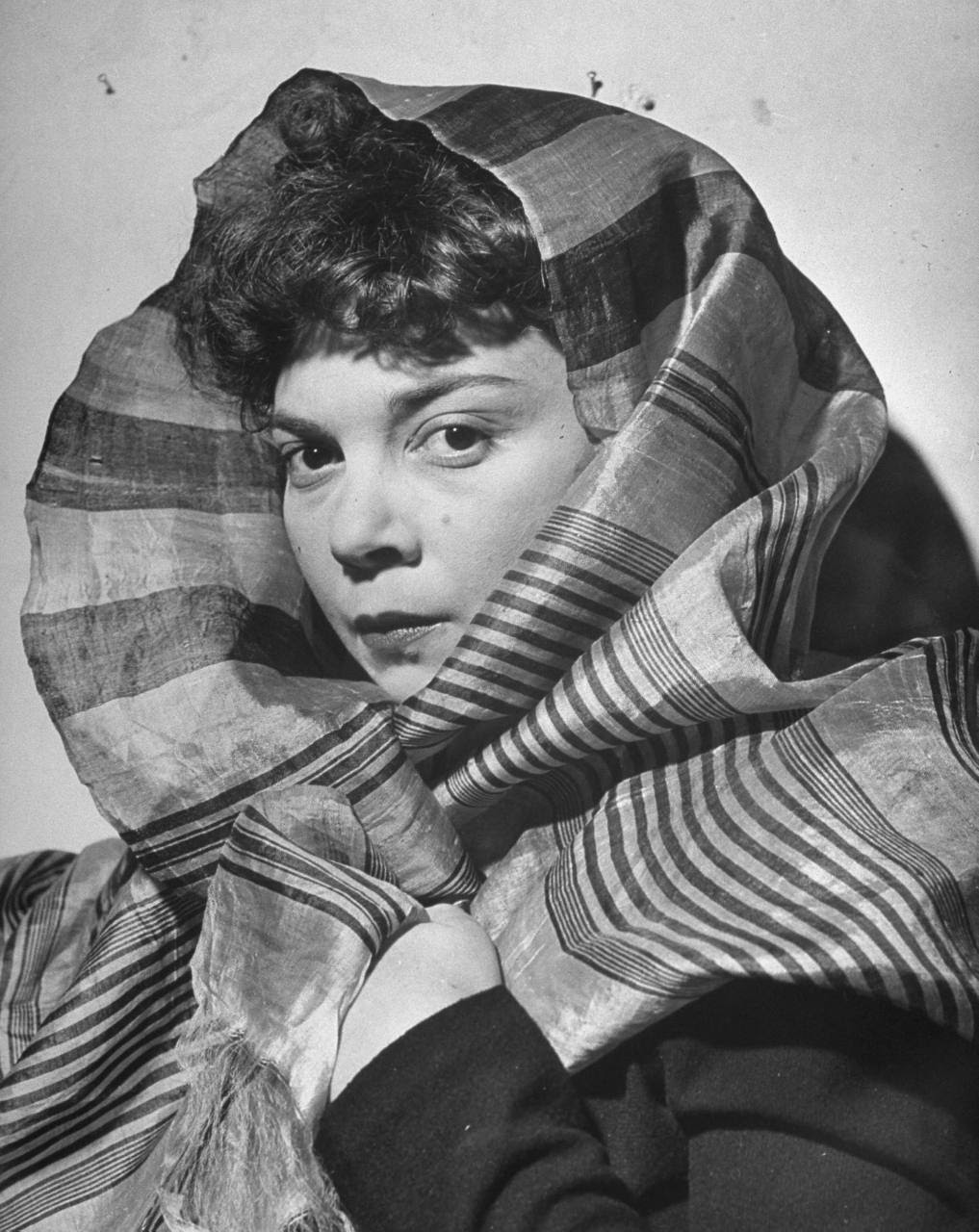
Leonor Fini was an Argentinian born Italian surrealist painter, designer, illustrator, and author, known for her depictions of powerful and erotic women.
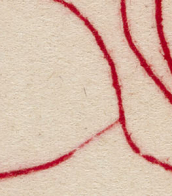

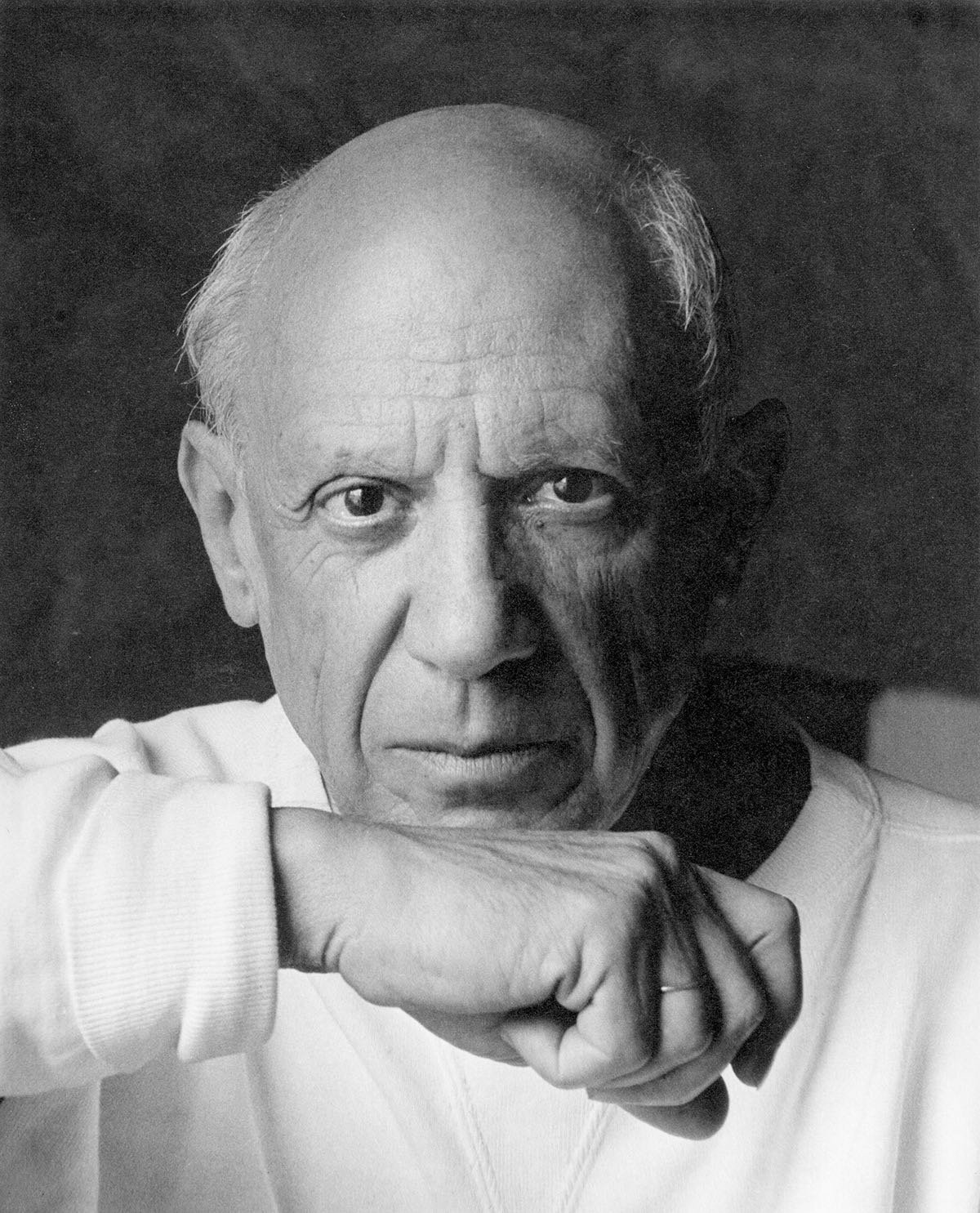
Pablo Ruiz Picasso, a Spanish artist renowned for his revolutionary contributions to the 20th-century art scene, is a figure that resonates profoundly with collectors and art experts. His unique blend of talents in painting, sculpture, printmaking, and ceramic art, infused with his time in France, positioned him as a pivotal character in modern art history.
Picasso's artistic journey was marked by distinct periods, each showcasing his evolving style and genius. His early years were characterized by the Blue Period (1901-1904), followed by the Rose Period (1904-1906), and then the African-influenced Period (1907-1909). Picasso's name is synonymous with Cubism, a movement he co-founded, which significantly altered artistic perspectives and methods. Works like "Les Demoiselles d'Avignon" (1907) and "Guernica" (1937) are emblematic of his cubist legacy, the latter being a poignant anti-war statement that remains influential.
His later years saw a return to more traditional styles, with neoclassical and surrealist influences becoming evident. Works from these phases reflect a deep engagement with mythological themes, as seen in "Faun with Stars" (1955), symbolizing his late-life romance with Jacqueline Roque, his second wife.
Picasso's prolific output and innovative spirit made him a legend in his own time, a status that only grew after his death. His works, housed in major museums and private collections worldwide, continue to captivate and inspire.
As a collector or expert in art and antiques, staying informed about Picasso's works, their auction events, and sales is essential. To stay updated on the latest developments and opportunities related to Pablo Picasso, sign up for our specialized updates. Rest assured, this subscription will focus solely on new product sales and auction events pertaining to Picasso's art, ensuring that you receive only the most relevant and valuable information.
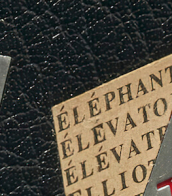
Joseph Fernand Henri Léger was a French artist renowned for his innovative approach to Cubism and his transition towards a figurative, populist style. Born in Argentan, Orne, Lower Normandy, Léger's early career was marked by a stint as an architectural draftsman and a series of educational pursuits that eventually led him to Paris, where he embraced painting seriously. His artistic journey was significantly influenced by the bold abstractions of Cubism, characterized by geometric shapes and a vibrant palette, distinguishing his work from his contemporaries with what came to be known as "Tubism".
Léger's service in World War I profoundly impacted his artistic direction, leading him to adopt a 'mechanical' style that depicted the modern industrial world with sleek, tubular forms. This period saw creations like "Soldier with a Pipe" and "The Card Players," reflecting his war experiences and the mechanical aesthetics of the time. The post-war era encouraged Léger to explore the mechanical style further, evident in works like "The Bargeman" and "Mechanical Elements," highlighting the pace of technological advancement.
Throughout his career, Léger's work evolved, notably in the 1920s, where he aligned with Purist ideas, blending classicism with modernity. This phase is exemplified in "Woman with a Cat," showcasing a classical form with a modern, polished finish. By the 1930s, Léger's art took a more figurative, populist turn, aiming to democratize contemporary art and make it more accessible. His commitment to art education, especially for the common worker, underscored his belief in the social role of art.
For those intrigued by Joseph Fernand Henri Léger's groundbreaking contributions to modern art, his works can be found in prestigious museums worldwide. His legacy continues to inspire art collectors and enthusiasts alike. To stay updated on exhibitions and auction events featuring Léger's work, sign up for updates and embrace the unique opportunity to explore the richness of his artistic endeavors.
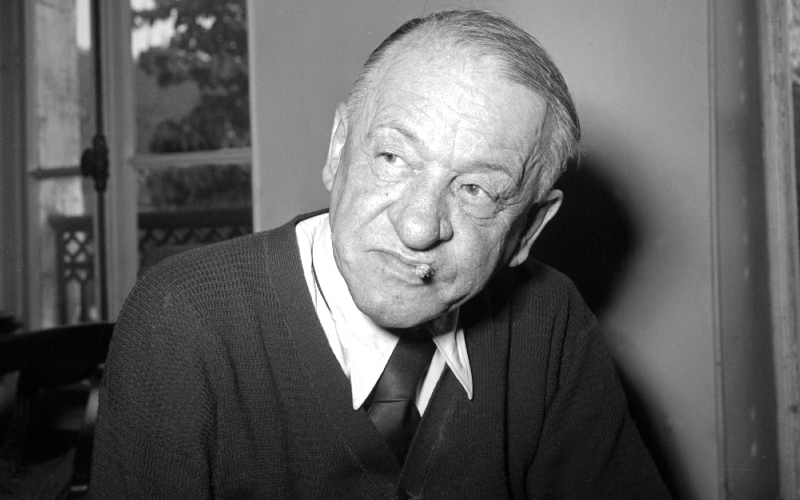



Odoardo Fialetti was an Italian painter and printmaker who began his training during the late Renaissance, and showed distinct mannerist sensibilities in his mid-career, adopting a much looser and more dynamic style in his later life.
Born in Bologna, he initially apprenticed with Giovanni Battista Cremonini, and after traveling to Rome, he moved to Venice to work in the elderly Tintoretto's studio.
From 1604 to 1612, he is listed as member of the Venetian Fraglia dei Pittori. In Venice, he painted a St Agnes for the church of San Nicolò da Tolentino and scenes from the Life of St Dominic for the sacristy of the Santi Giovanni e Paolo.

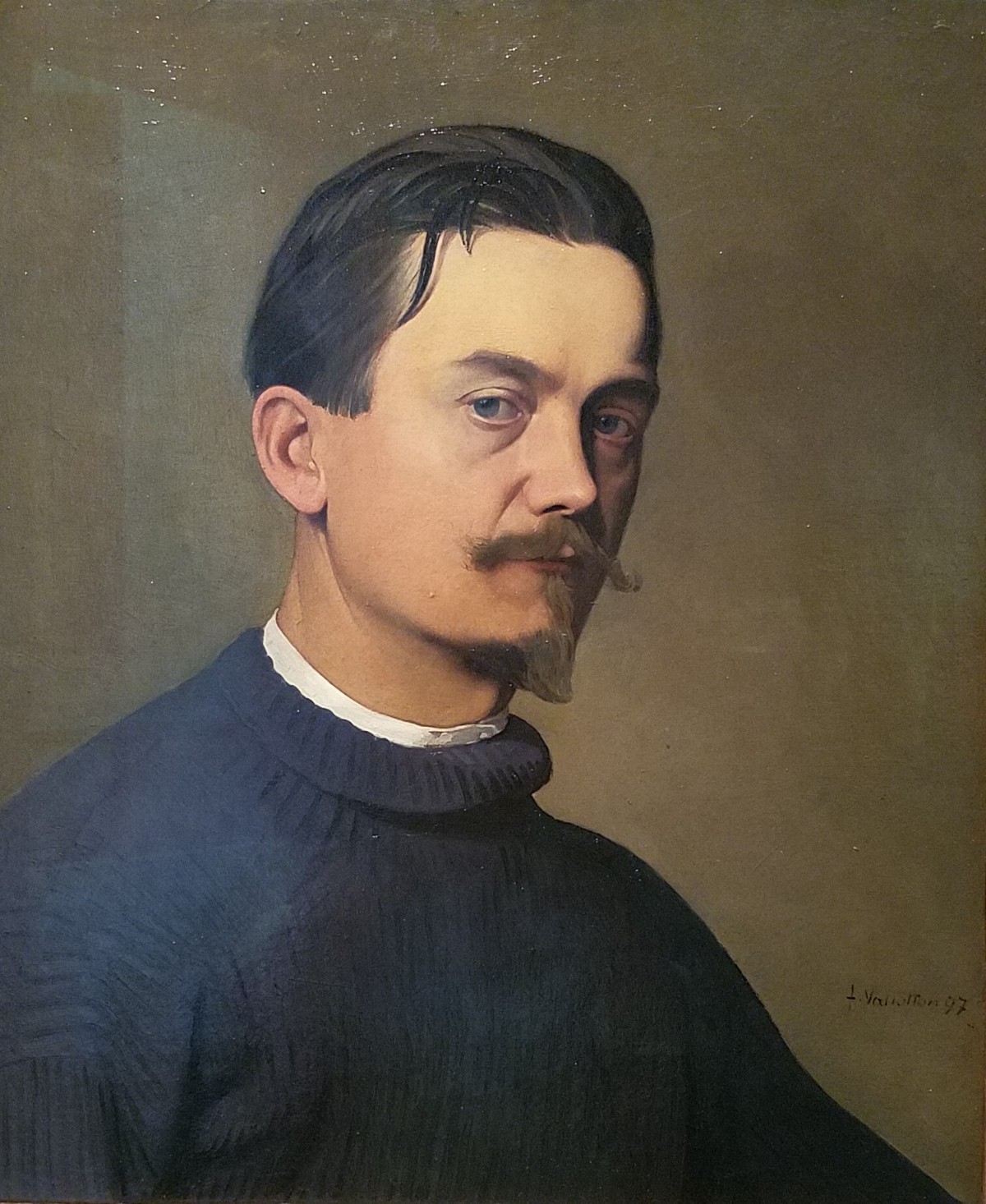
Félix Vallotton, a Swiss-born French graphic artist and painter, is recognized for his distinctive woodcuts and paintings of nudes and interiors. Vallotton's journey into art began in Paris, where he attended the Académie Julian, fostering a unique style that broke from traditional norms. His early works, characterized by extreme realism, were showcased at the Salon des Artistes Français and the Paris Universal Exposition of 1889. This period also marked Vallotton's encounter with Japanese prints, notably those by Hokusai, profoundly influencing his artistic direction.
In 1892, Vallotton joined Les Nabis, a group of avant-garde artists including Pierre Bonnard, Maurice Denis, and Édouard Vuillard, which led to a significant evolution in his style. His paintings from this era, such as "Bathers on a Summer Evening" and "Moonlight," exhibited at the Kunsthaus Zürich and the Musée d'Orsay respectively, reveal a departure from realism towards a more symbolic and abstract representation. The works from this period are characterized by flat areas of color, hard edges, and simplified details, mirroring the style he developed in his woodcuts.
Vallotton's woodcuts, like "Intimités" (Intimacies), a series published in 1898, showcased his mastery in capturing the nuances of human relationships, particularly the tensions between men and women. His graphic art, which included depictions of domestic scenes, bathing women, and street crowds, was not just celebrated in Europe but also influenced artists like Edvard Munch, Aubrey Beardsley, and Ernst Ludwig Kirchner.
Towards the end of his career, Vallotton continued to innovate, combining elements of realism and abstraction, evident in paintings like "La Malade" (The Sick Girl) and "Clair de lune" (Moonlight). His works remain a testament to his ability to merge technical precision with a poignant exploration of human emotions and societal themes.
For art collectors and experts, Vallotton's body of work offers a rich and diverse exploration of early 20th-century art movements, especially his role in the development of modern woodcut techniques and his contribution to the Nabis movement. His works are a study in the fusion of realism and symbolism, marked by a distinctive style that makes his art enduringly relevant and compelling.
For those interested in discovering more about Félix Vallotton and staying updated on related product sales and auction events, signing up for updates is a great opportunity. This subscription will exclusively alert you to new sales and events pertaining to Vallotton's works, ensuring you remain informed in the dynamic world of art and antiques.


Paul-Élie Ranson, a French painter and writer, emerged as a prominent figure in the late 19th century art scene. Born in Limoges, he was raised by his grandparents and father after his mother's demise during childbirth. Ranson's early artistic inclinations were nurtured with drawing lessons from his grandfather. His educational journey in the arts began at the École des Beaux-Arts Appliqués à l'Industrie and later continued at the Académie Julian in Paris.
Ranson was a pivotal member of "Les Nabis," a group instrumental in transitioning from Impressionism to modern art. Along with notable contemporaries like Paul Sérusier, Pierre Bonnard, and Maurice Denis, he helped establish an art movement that blended elements of Symbolism, Art Nouveau, and Japanese prints. Ranson's role extended beyond painting; he was actively involved in the Symbolist performances at the Théâtre d'Art and directed a notable performance of "Ubu Roi" by Alfred Jarry.
Ranson's artistic oeuvre is marked by a fascination with Theosophy, magic, and occultism, themes that increasingly influenced his work. His paintings often delved into mythology, witchcraft, and anti-clerical subjects. Some of his notable works include "Christ and Buddha" (1880), "Witches Around the Fire" (1891), and "The Blue Room" (circa 1900). These works exemplify his unique blend of thematic and stylistic elements, setting him apart from his contemporaries.
Tragically, Ranson's life was cut short by typhoid fever in 1909. However, his legacy continued through the Académie Ranson, founded by his friends in Les Nabis. This institution, managed initially by Ranson and later by his wife Marie, remained active until 1955, perpetuating his influence on future generations of artists.
For art collectors and experts, Ranson's work offers a unique window into the transitionary period of late 19th-century art, showcasing the interplay of traditional and emerging styles. His contributions to the Symbolist and Nabi movements are particularly noteworthy.
To stay updated on new product sales and auction events related to Paul-Élie Ranson, sign up for our updates. This subscription service is tailored to keep art aficionados informed about the latest developments and opportunities related to Ranson's art.
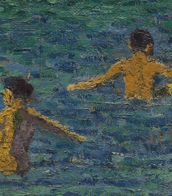




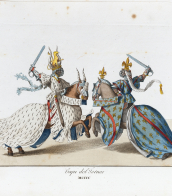
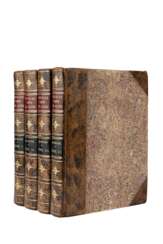

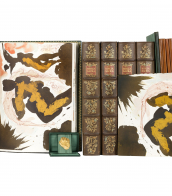
![[LE VIEIL, Pierre]](/assets/image/picture_1431280/31a39/baec1dfb6ef01f7e6238f6d24ce959031620043200jpg__fix_374_244.jpeg)
![[LE VIEIL, Pierre]](https://veryimportantlot.com/assets/image/picture_1431280/31a39/baec1dfb6ef01f7e6238f6d24ce959031620043200jpg__fix_374_244.jpeg)
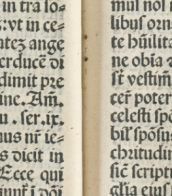




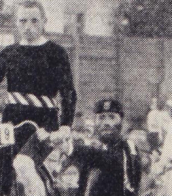
![DU BELLAY, Joachim (1522-1560). La deffence, et illustration de la Langue Francoyse. Par I. D. B. A. [relié avec] L’Olive et quelques autres œuvres poetiques. Le contenu de ce livre. Cinquante Sonnetz à la louange de l’Olive. L’Anterotique de la](/assets/image/picture_1320811/66de9/12c376053e80b5b47114c4b2b18070da1616454000jpg__fix_374_244.jpeg)
![DU BELLAY, Joachim (1522-1560). La deffence, et illustration de la Langue Francoyse. Par I. D. B. A. [relié avec] L’Olive et quelques autres œuvres poetiques. Le contenu de ce livre. Cinquante Sonnetz à la louange de l’Olive. L’Anterotique de la](https://veryimportantlot.com/assets/image/picture_1320811/66de9/12c376053e80b5b47114c4b2b18070da1616454000jpg__fix_374_244.jpeg)
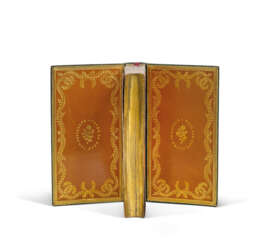

![[LÉPICIÉ, Nicolas-Bernard (1735-1784) – Charles MONNET (1732-1808)].](/assets/image/picture_2932046/30b39/4011536f6fe9714f665693807fd06f111687420800jpg__fix_374_244.jpeg)
![[LÉPICIÉ, Nicolas-Bernard (1735-1784) – Charles MONNET (1732-1808)].](https://veryimportantlot.com/assets/image/picture_2932046/30b39/4011536f6fe9714f665693807fd06f111687420800jpg__fix_374_244.jpeg)
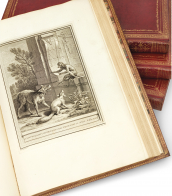
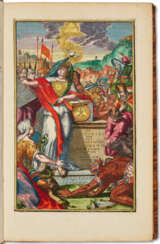

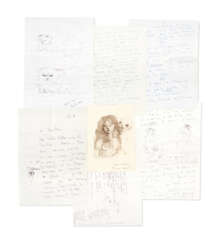

![DES MASURES, Louis (1515 - 1574). Œuvres poétiques. [suivi de] Le Jeu des Eschecz [suivi de] Vingt pseaumes de David [suivi de] Ludovici masurii nervii carmina. Lyon : Jean de Tournes et Guillaume Gazeau. 1557.](/assets/image/picture_1320932/db4a5/775f9434b16f9e6b5d511f55402899aa1616454000jpg__fix_374_244.jpeg)
![DES MASURES, Louis (1515 - 1574). Œuvres poétiques. [suivi de] Le Jeu des Eschecz [suivi de] Vingt pseaumes de David [suivi de] Ludovici masurii nervii carmina. Lyon : Jean de Tournes et Guillaume Gazeau. 1557.](https://veryimportantlot.com/assets/image/picture_1320932/db4a5/775f9434b16f9e6b5d511f55402899aa1616454000jpg__fix_374_244.jpeg)
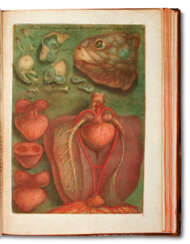

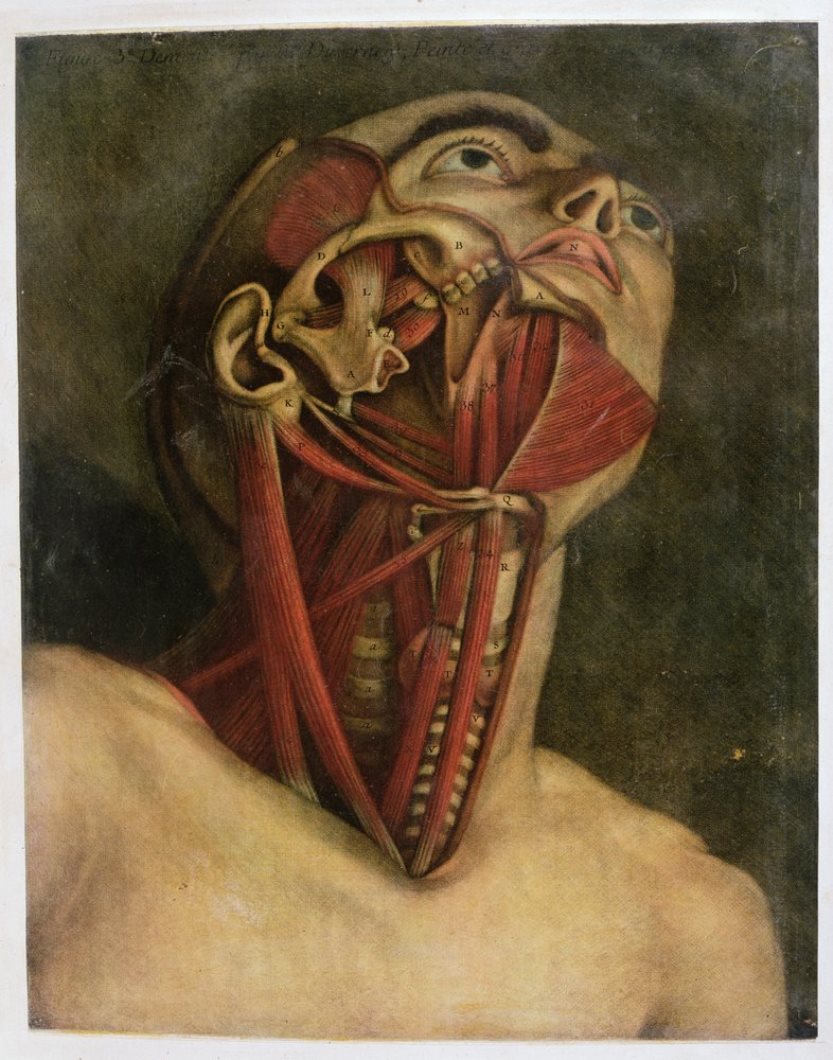
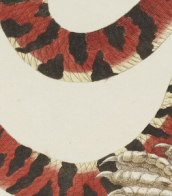
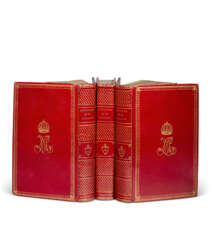



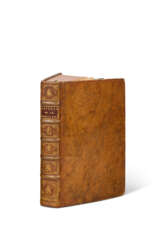

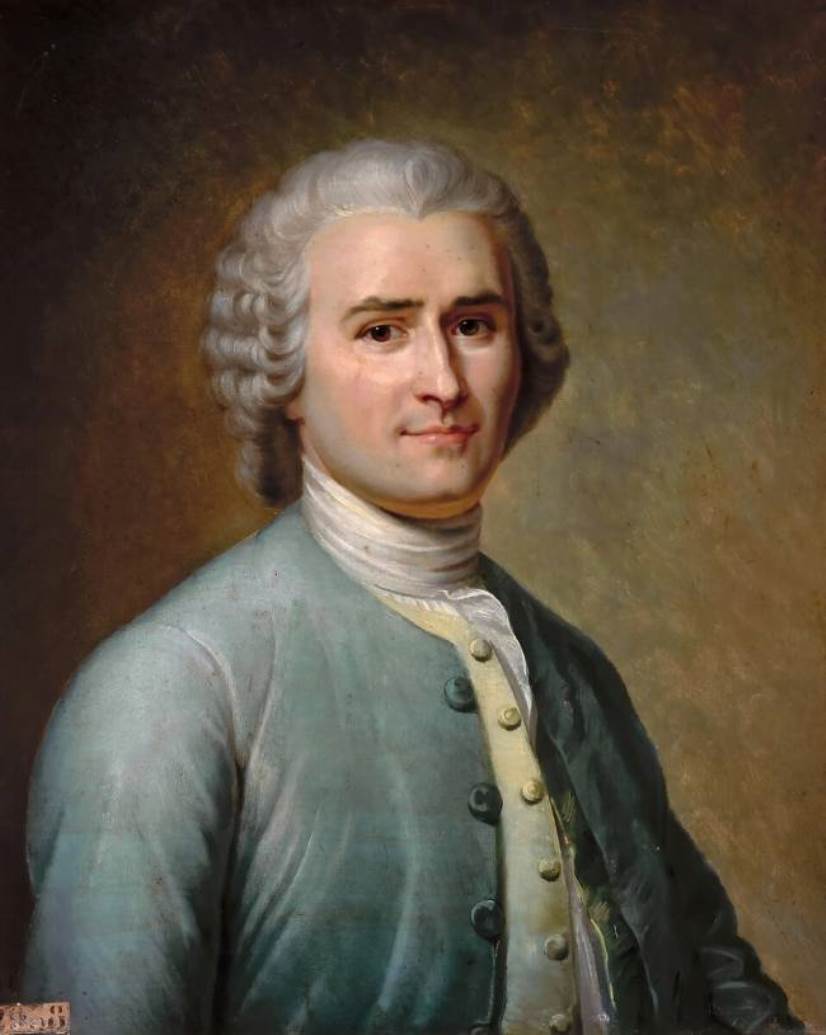
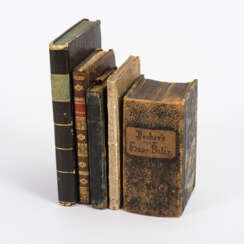

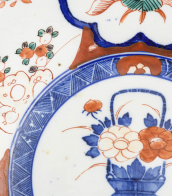
![[MOUTARDE DE DIJON].](/assets/image/picture_2734735/57fa0/c279e064e7fc4ffb0a6e4aca5026bc8b1679526000jpg__fix_374_244.jpeg)
![[MOUTARDE DE DIJON].](https://veryimportantlot.com/assets/image/picture_2734735/57fa0/c279e064e7fc4ffb0a6e4aca5026bc8b1679526000jpg__fix_374_244.jpeg)
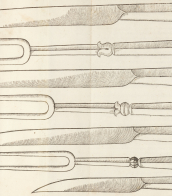
![[CABINET DU ROI]](/assets/image/picture_3567001/eeeaa/a2af7f591966e5c966d0247029a46b0e1700607600jpg__fix_374_244.jpeg)
![[CABINET DU ROI]](https://veryimportantlot.com/assets/image/picture_3567001/eeeaa/a2af7f591966e5c966d0247029a46b0e1700607600jpg__fix_374_244.jpeg)
